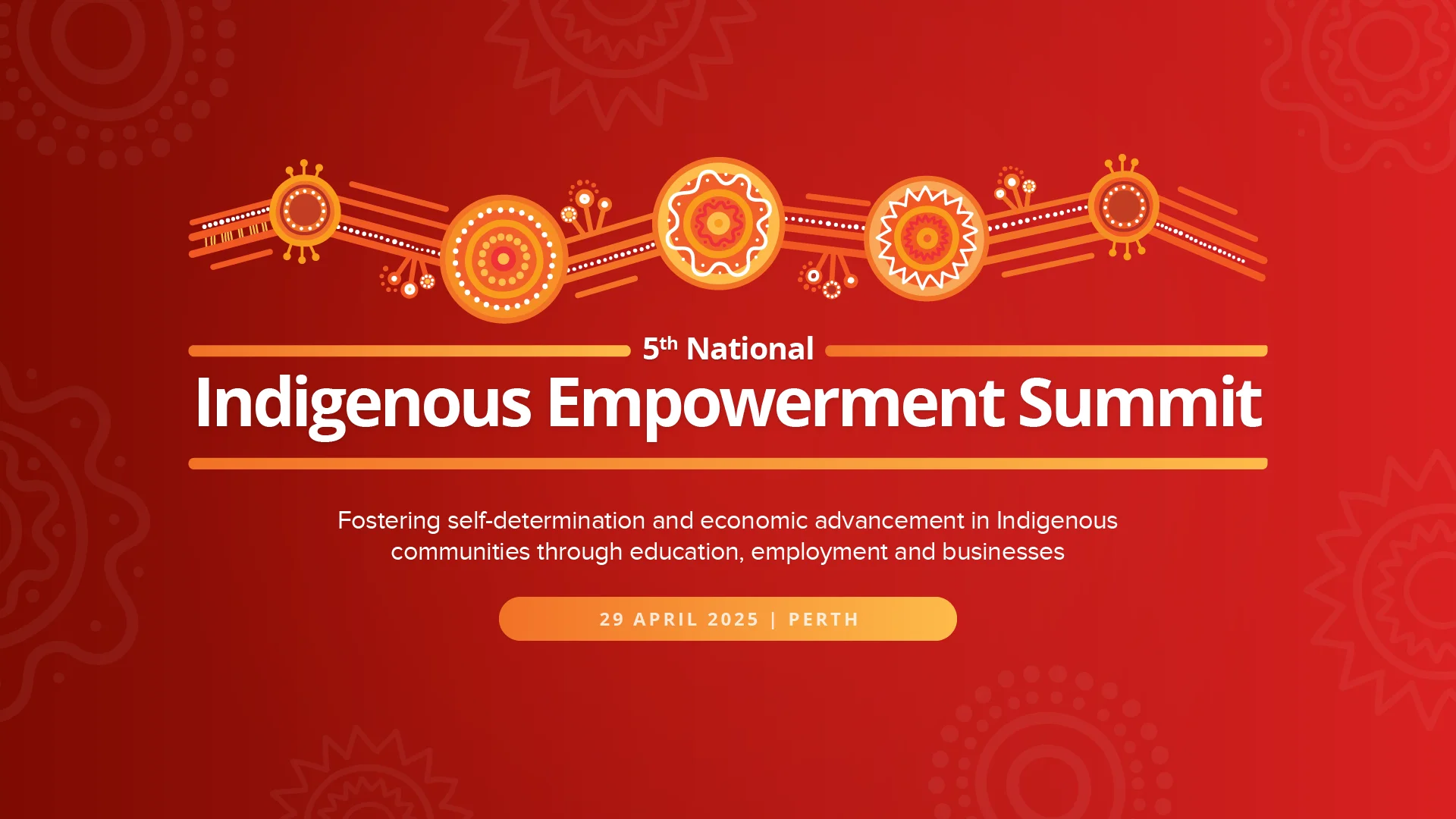Not-for-profit (NFP) organisations are constantly changing as the marketplace, industries and target markets evolve. Change impacts organisations in many ways, such as member/donor support, growth and revenue. However, it’s how organisations prepare and deal with change that determines if they become victims of circumstance or if they strengthen and grow.
Some organisations embrace and plan for change. This allows them to be agile and appropriately adapt to new challenges and opportunities. Yet other organisations find change difficult because they lack a strategic plan or do not commit to the one they have.
Strategic planning is crucial and it is recommended that strategic plans are reviewed at least every three years. This will help NFP organisations understand how they need to (re)align themselves with the marketplace. Plans should include: the impact of changing marketplaces on structure, governance, retention and growth prospects of members/donors; products and services; technology; and staff.
10 questions
There are a number of questions that the Board, CEO and management team should ask to help their organisation understand, acknowledge and accept the need for change. These include:
1. Over the last five years have we averaged consistent growth in:
a. Donors/members?
b. Net profit/surpluses?
c. Asset value?
If not, why? What could we do differently to increase growth?
2. Do we need to:
a. Expand, reduce, morph or abandon some of the products and services we offer given changes to the marketplace and to our target audience(s)?
b. Create new products and services to cater for existing and new members/donors?
3. Are we wasting resources in areas that are unproductive or unnecessary?
4. Are there any further issues and impediments to change in the organisation, and how do we manage the tensions related to them?
5. Do we have a plan that outlines where the organisation currently is and what it wants to achieve? This plan should contain practical steps to reach the organisation’s objectives and a three-to-five year financial forecast.
6. Do all stakeholders adhere to the strategic plan? If not, why? How do we bring them on board?
7. What are significant risks facing the organisation and how likely are they to eventuate? Do we have a contingency plan in place that will cope with these risks in case they materialise? Has the contingency plan been endorsed by the Board?
8. How often do we examine the future of our organisation thoroughly, and what level of capital should be set aside for investment and development into the future?
9. Where are we positioned now, and where should we be positioned in three years, on the risk-tolerance continuum (see second image)?
This question is designed to help the management team and Board discuss and align their thinking to a common position on risk and reward. It helps provide a sound footing for future objectives, strategy and operations relating to development opportunities.
10. Where is the organisation currently positioned on the evolution continuum (see second image)? Where should we be positioned, and how do we get there?
Although these questions are not easy to answer they facilitate discussion around the need for change and assist organisations’ positive development into the future.












